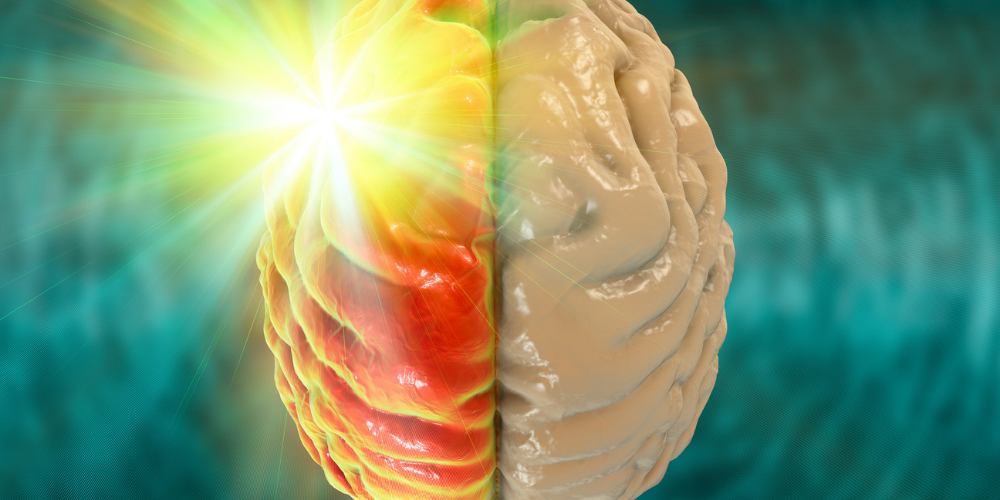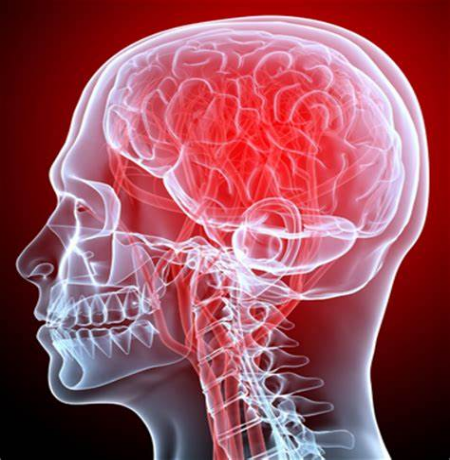
Definition of Headache
Headache is a pain in the head with the pain being above the eyes or the ears, behind the head (occipital), or in the back of the upper neck. Headache, like chest pain or back ache, has many causes.
Headaches vary widely in symptoms, intensity, and location of pain. They may include sensitivity to light, nausea, shooting or radiating pain, or a dull, persistent ache. Nine out of 10 people suffer from headaches. Whether they occur once every few months or once every few days, they can be painful and even debilitating.
Headaches can be divided into two main categories: primary headaches and secondary headaches.
Primary headaches include migraines, cluster headaches, and tension headaches. Primary headache pain is not caused by some other physical problem, such as a tumor or other pathology.
Secondary headaches are typically a symptom of pressure on nerve endings, or another health problem such as fever, infection, tumor, pathology or other disease process.
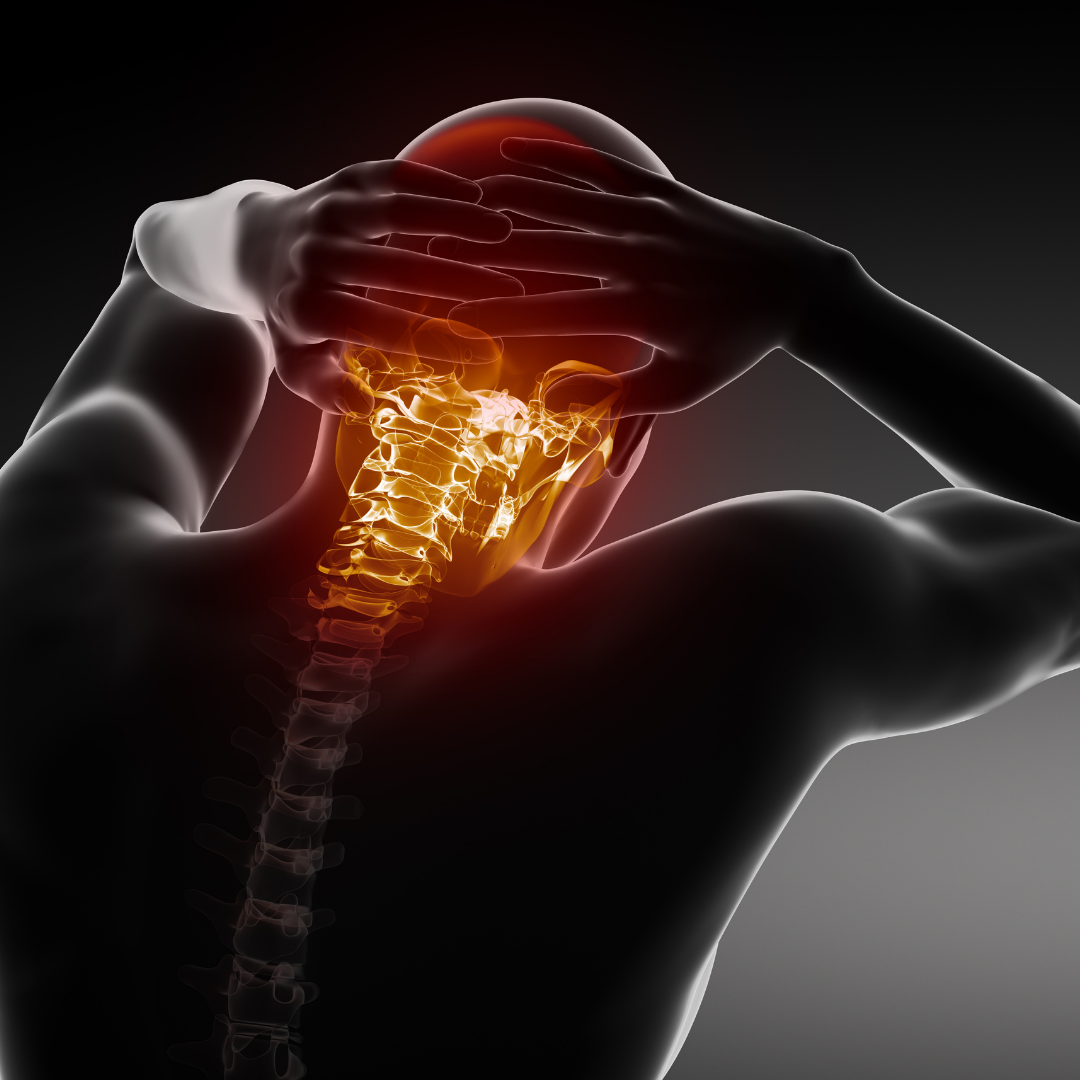
Tension Headaches
The majority of primary headaches result from tension in the neck. Many of our patients at Plato Chiropractic Health Clinic come to us with tension headaches as a result of chronic stress and sedentary habits. Tension in the upper cervical spine is caused by tight neck musculature or restricted joints in the area. Tension in the neck is often a result of a sedentary lifestyle. Sitting in the same position for several hours, which you might do working at a computer desk, keeps the muscles of the neck still for long periods. Gradually, these muscles will begin to tense, which can lead to headaches.
All of the headaches listed above can contribute to a ‘tension type’ headache due to the stress and anxiety that surrounds a bout of cluster or migraine Headaches. The pain associated with each of these headaches can typically be reduced with chiropractic adjustments.
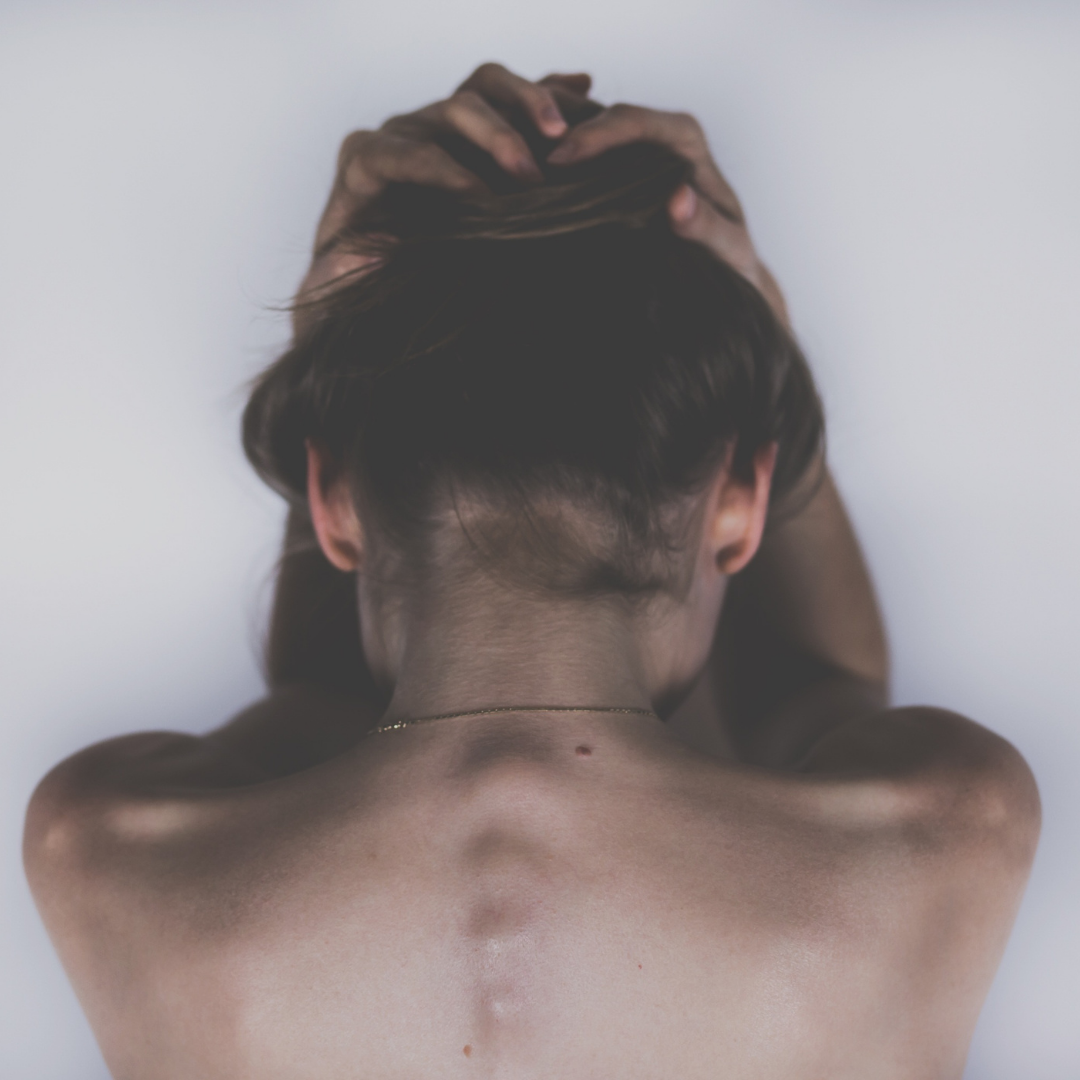
Migraine Headaches
Migraines often are brought on by triggers: sights, smells, and sounds. The exact cause of migraines is unknown, but it is believed they are caused by genetic and environmental factors. Changes in the brainstem and how the brainstem interacts with the trigeminal nerve may be related to frequent migraines. Imbalanced brain chemicals may be involved. When you're having a migraine, your serotonin levels decrease. Decreased serotonin levels are believed to signal the trigeminal nerve to release neuropeptides, which travel to the brain's casing, the meninges, causing headache pain.
People have their own sets of triggers than can potentially cause headaches, but common triggers include:
- Alcohol
- Hormonal fluctuations, such as during puberty or menstrual cycles
- Stress
- Allergies
- Smell or taste of certain foods
- Loud noises
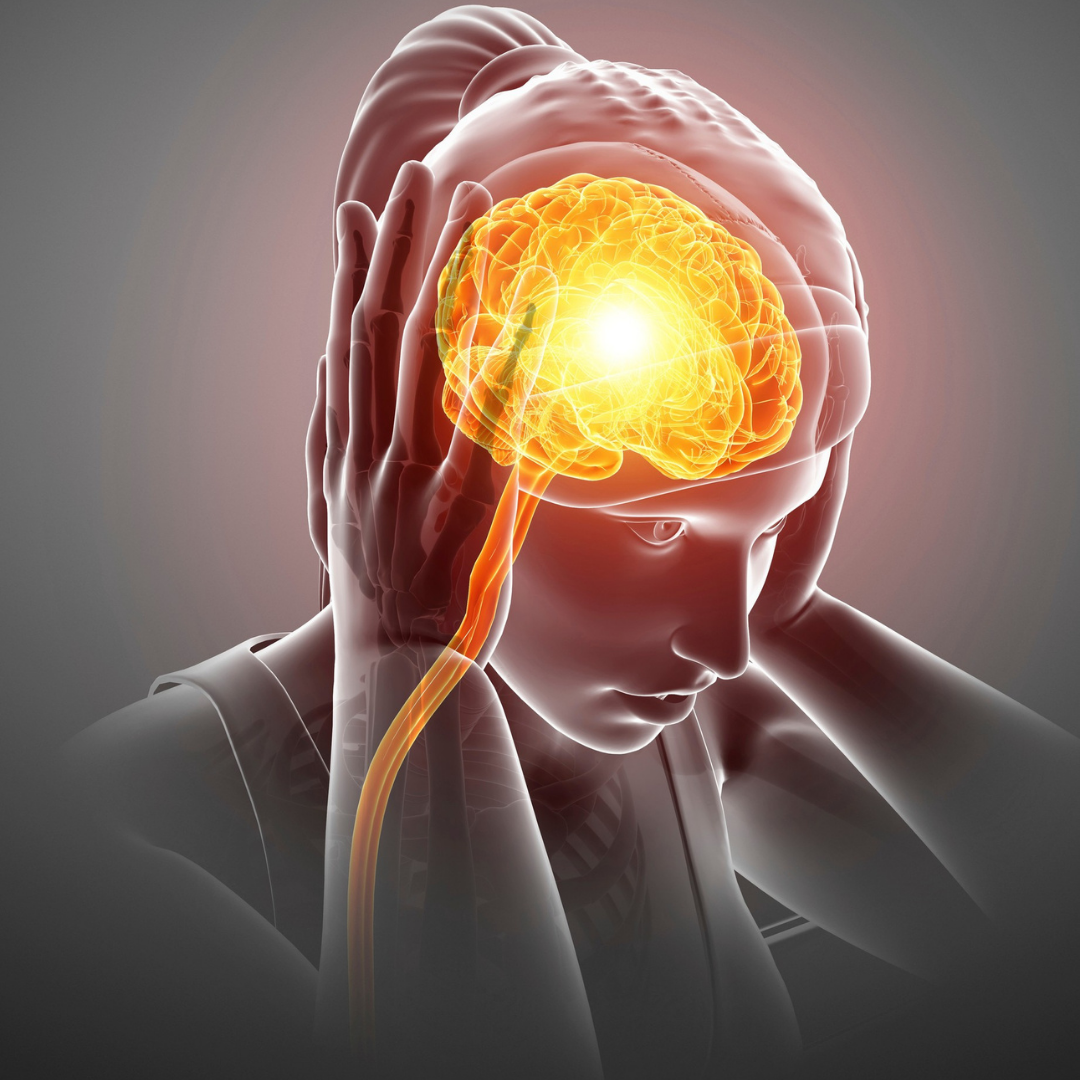
Cluster Headaches
It is unknown exactly what causes cluster headaches, but they are believed to be a result of abnormalities in the hypothalamus. Unlike migraine and tension headaches, cluster headaches are not usually associated with triggers like smells, lights, or sounds. Instead, cluster headaches occur very regularly at the same time(s) every day. The hypothalamus contains your biological clock, which may explain why cluster headaches occur with such exact regularity.
The main symptom of a cluster headache is sharp, stabbing, or burning pain focused in or around one eye, but that may radiate to surrounding areas. Other symptoms include eyes tearing up or appearing red, swelling and stuffiness in the affected side of your face, and restlessness.
A "cluster period" refers to the period of time when cluster headaches usually occur. Many people who experience cluster headaches avoid alcohol at that time because it can trigger a headache.
People at risk for cluster headaches include:
- Men, who are more likely to experience cluster headaches
- People between 20 and 50, which is when the headaches usually start to appear
- Those who take nitroglycerin for high blood pressure
- Smokers
- Those with a family history of cluster headaches
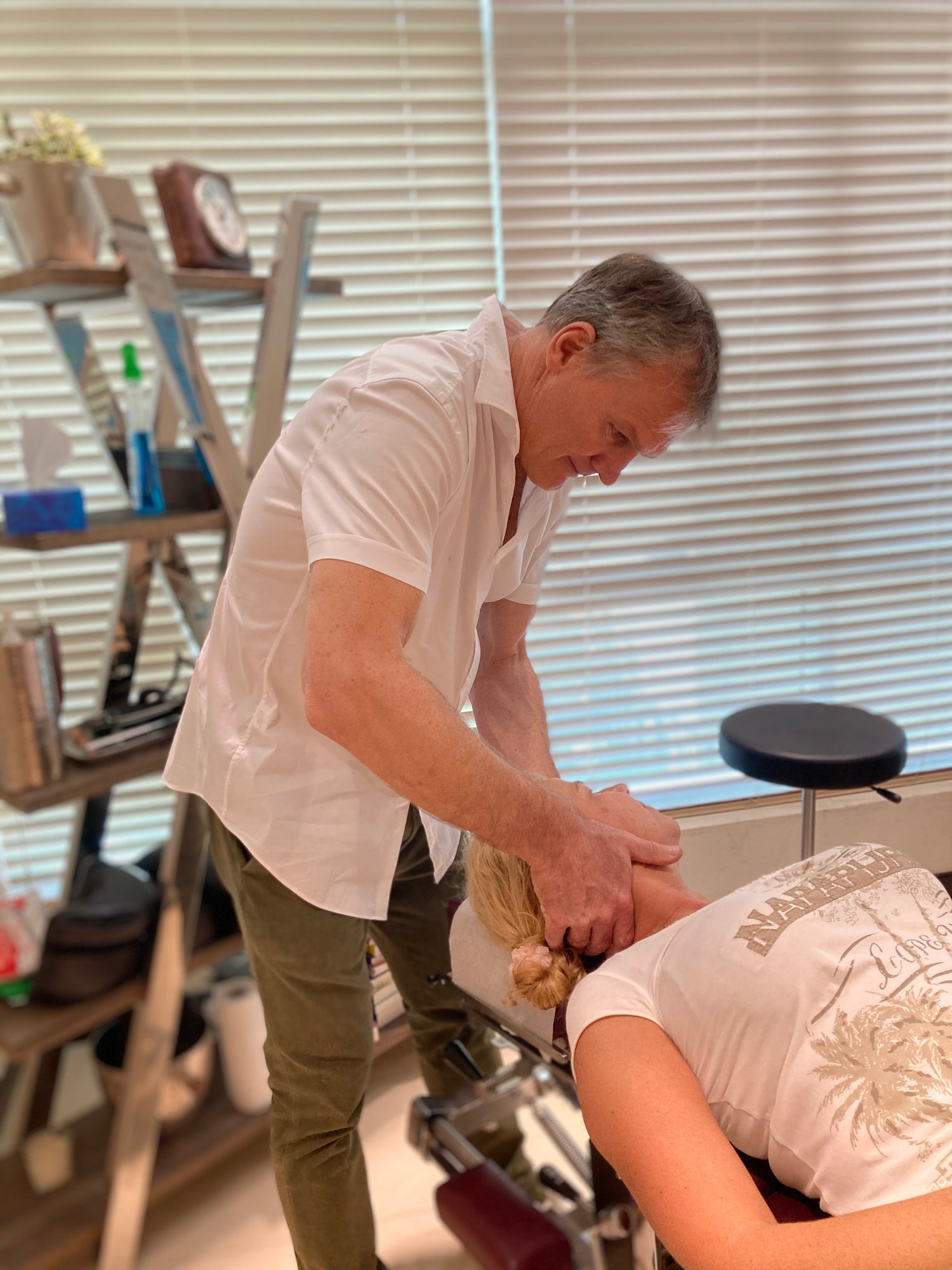
Chiropractic: A Natural Treatment for Headaches
At Plato Chiropractic Health Clinics, we treat many patients seeking relief from primary headaches, and the symptoms associated with them. Patients who seek treatment often find relief of their headache pain, muscle spasms, nerve pressure, and restricted neck mobility.
Chiropractic treatment for headaches can provide short-term and long-term relief. Restoring proper biomechanics of the neck, shoulder muscles, and joints can reduce tension, which in turn may relieve many primary headaches. Manipulation of the cervical spine, called an adjustment, restores spine and nervous system function to reduce pain, as well as help with spasm and restriction of the musculature in the neck. Once the musculature and nerve supply have been restored to proper function, and the headache pain is reduced, continuing treatment can prevent or reduce future headaches.
In addition to spinal adjustments, your chiropractor may recommend stretches, changes in posture, and ergonomic adjustments to your workspace – all of which can help alleviate pain from primary headaches.
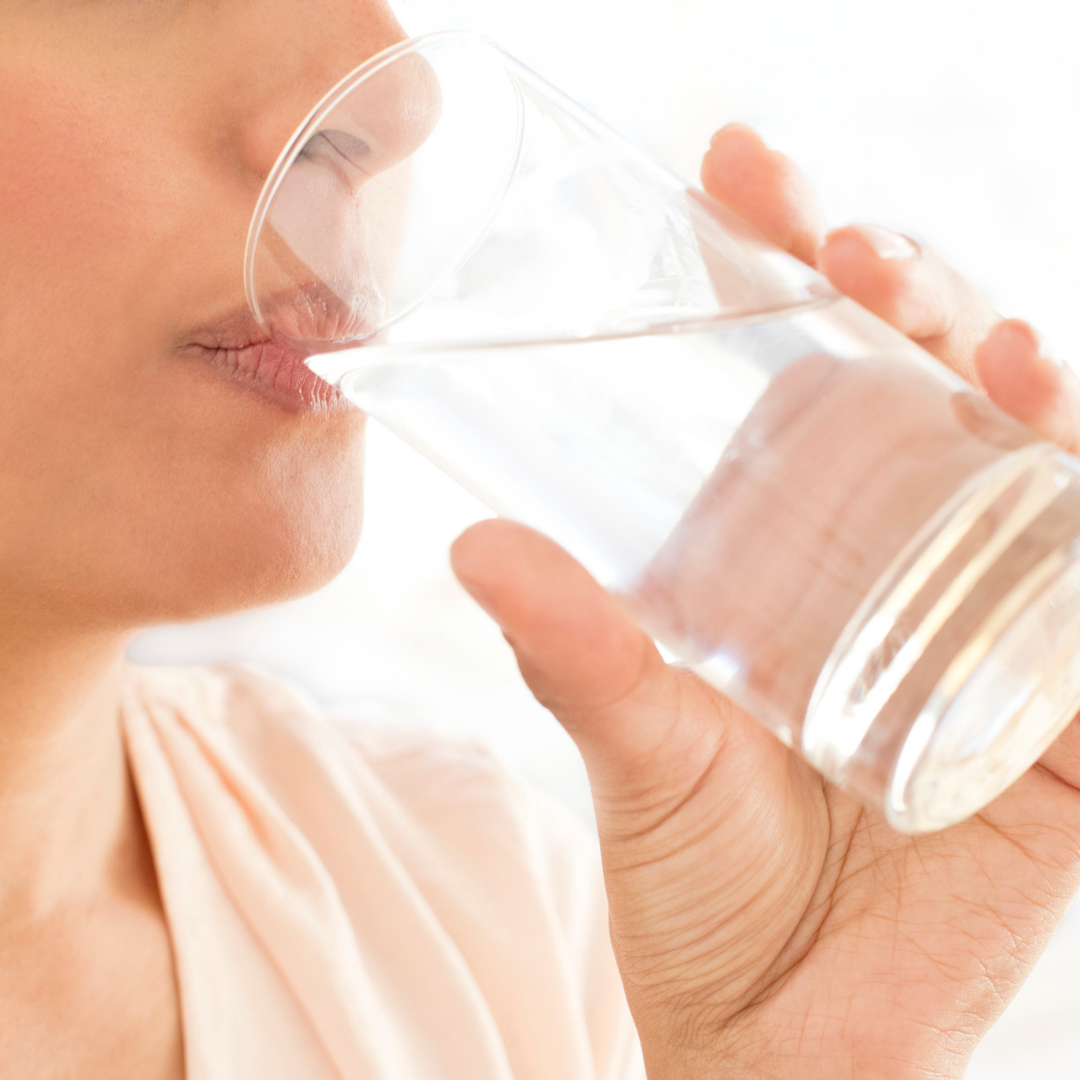
Prevention and Care for Your headaches
To prevent headaches, the first step is to identify what triggers your headaches. Your doctor of chiropractic can work with you to identify your triggers and determine how to avoid them. Chiropractic adjustments help to deal with secondary tension and pain associated with migraines and cluster headaches.
If your headaches are due to muscle tension and stress, there are a few steps you can take on your own to lessen the pain:
- Take a break to stretch every 30 minutes to an hour, using movements that cover the full range of motion through your head, neck, and shoulders.
- Drink plenty of water, since dehydration can trigger a headache or make it worse
- Avoid grinding your teeth, which increases tension throughout the jaw muscles
- Adjust to a good posture

